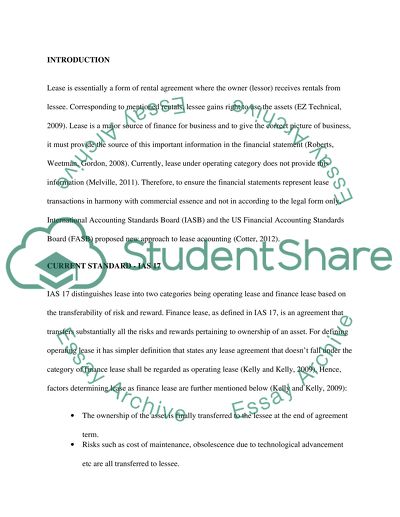Cite this document
(“The current debate and developments in accounting for leases for Essay”, n.d.)
The current debate and developments in accounting for leases for Essay. Retrieved from https://studentshare.org/finance-accounting/1401946-the-current-debate-and-developments-in-accounting
The current debate and developments in accounting for leases for Essay. Retrieved from https://studentshare.org/finance-accounting/1401946-the-current-debate-and-developments-in-accounting
(The Current Debate and Developments in Accounting for Leases for Essay)
The Current Debate and Developments in Accounting for Leases for Essay. https://studentshare.org/finance-accounting/1401946-the-current-debate-and-developments-in-accounting.
The Current Debate and Developments in Accounting for Leases for Essay. https://studentshare.org/finance-accounting/1401946-the-current-debate-and-developments-in-accounting.
“The Current Debate and Developments in Accounting for Leases for Essay”, n.d. https://studentshare.org/finance-accounting/1401946-the-current-debate-and-developments-in-accounting.


